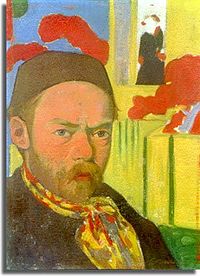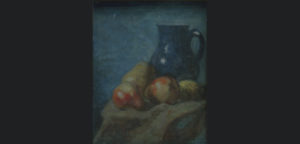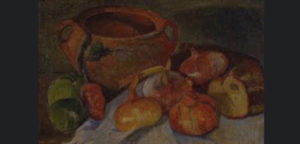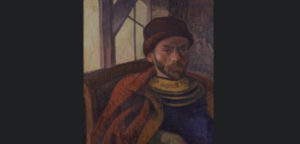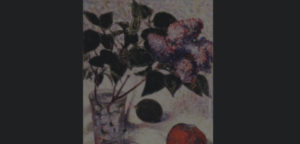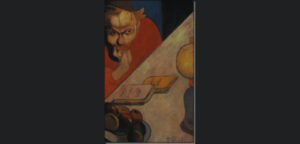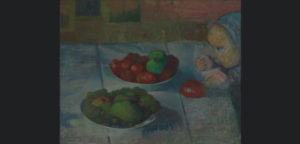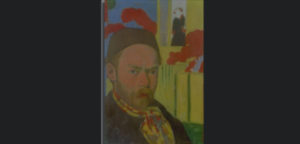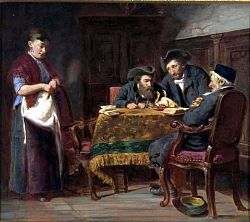The artist was born on April 14, 1852 in Amsterdam.
1852 - 1895
Meijer Isaac de Haan
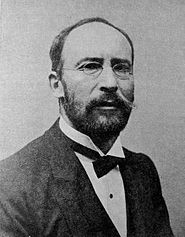
description
A Dutch painter, a bright representative of Post-impressionism.
The artist was born and raised in the wealthy Jewish family of an entrepreneur.
Being a close friend and follower of Paul Gauguin, Meijer de Haan played an important role in the development of Synthetism not only in his homeland.
Despite the great influence of Gauguin, he found his own style in painting and created rather distinctive portraits, still lifes and decorative works. The artist’s creative life turned out to be rather short; after refusing to travel with Gauguin to Tahiti, he practically stopped painting and ended his life in obscurity. Only a few dozen works of the painter have survived; they are mainly stored in private collections.
It is still unknown why the gifted artist, passionate about painting, did not continue his career. Perhaps the decision of de Haan was influenced by the departure of Gauguin to Tahiti, or Theo Van Gogh’s early death, or perhaps it was the pressure from relatives who stopped sending him money; after 1891 the artist did not create a single canvas. He returned to the Netherlands, where he died in obscurity, leaving behind only a few dozen extraordinary and certainly talented canvases.
Key ideas:
– At the beginning of his career, Meijer de Haan painted in an academic style, mainly portraits and paintings on historical subjects. He came from a Jewish family and devoted many canvases to his compatriots.
– During a trip to Paris, where the artist meets Theo Van Gogh, and afterwards his brother Vincent, Camille Pissarro and Paul Gauguin, de Haan’s painting style changes dramatically. In his canvases he uses Cloisonnism techniques, working with huge planes and using open colors and vivid lines. The artist paints in a warm color gamma, putting bold and energetic brushstrokes on the canvas. His paintings are filled with inner light and some mystical sense, sometimes hidden from a viewer.
– Meijer de Haan takes painting lessons from Gauguin, and not only constantly works with him at the studio, but also provides all possible support to Gogen, including material. Being in the shadow of his famous teacher, he does not become popular among his contemporaries, and does not strive for it. The artist is in constant creative search, experiments with color and form in his painting, enjoys religion, philosophy and decorative art.
1852
1874
1875
1879
1880 - 1888
1888
1889
1890
1891
1895
The birth of the artist
Was admitted to the National Academy of Fine Arts
Was admitted to the National Academy of Fine Arts and entered the drawing class. The artist studied there for less than a year, as he could not attend classes due to his illness.
The parents of de Haan died
The parents of de Haan died; he and his brother opened their own business, which provided him with a good income. He continued to paint.
Exhibited his canvases of academic orientation at the Paris Salon
Exhibited his canvases of academic orientation at the Paris Salon.
Started painting a huge picture
Started painting a huge picture of Jewish prophet Uriel Acosta. For a long time, doubting and repeatedly reworking his painting, he finally presented it at an exhibition in 1888. The painting caused negative reviews in artistic circles.
Moved to Paris
Moved to Paris, where he stayed with his compatriot Theo Van Gogh.
Was under the strong influence of Gauguin’s painting
Met Camille Pissarro, Vincent Van Gogh and Paul Gauguin. Was under the strong influence of Gauguin’s painting and became his follower.
Went with Gauguin to a remote village in Brittany
Went with Gauguin to a remote village in Brittany, Le Pouldu, where they rented a house and actively worked. In that period, the most significant paintings by Meijer de Haan appeared.
Left Le Pouldu and returned to Paris
Left Le Pouldu and returned to Paris. Together with Jan Verkade organized a farewell banquet for Gauguin, who went to Tahiti in April. In the same year, Theo Van Gogh died; this greatly impressed the artist. In November, he returned to his family to Amsterdam.
The death of the artist
He died on October 24, 1895 in Amsterdam.

